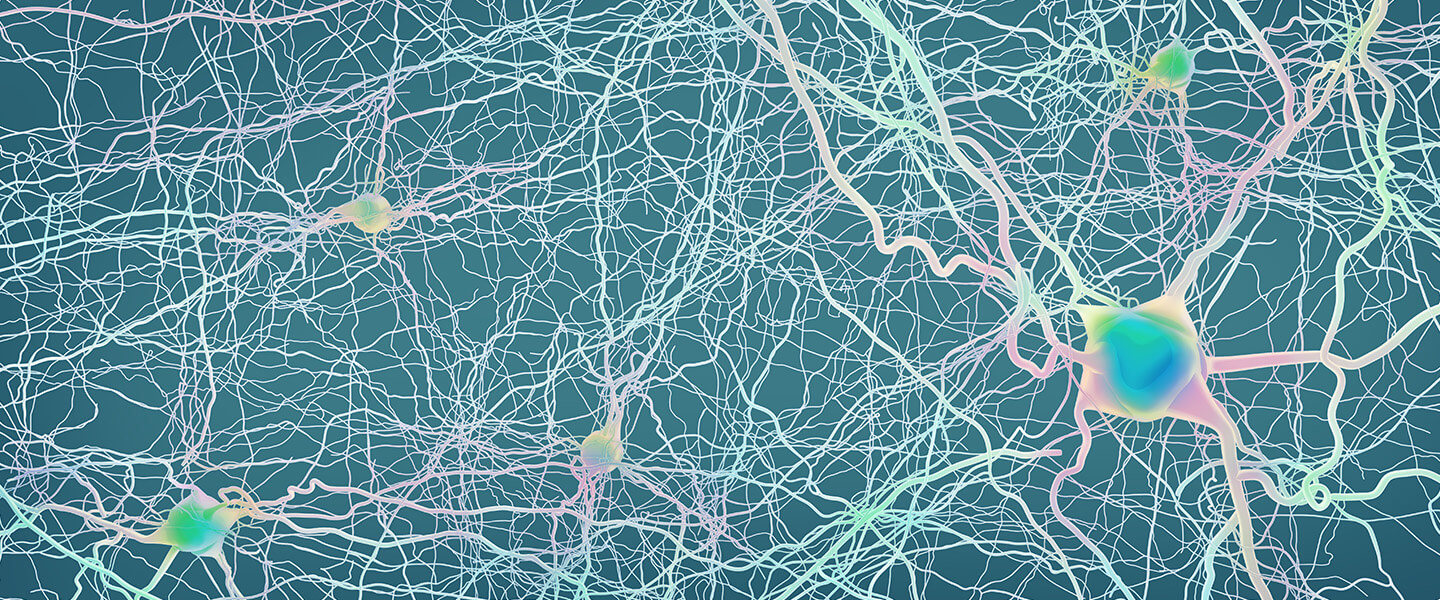Study Indicates Brain Lesions and Treatment Targets in Depression Affect the Same Circuitry, Suggesting New Treatment Possibilities
Study Indicates Brain Lesions and Treatment Targets in Depression Affect the Same Circuitry, Suggesting New Treatment Possibilities

Researchers have reported that the brain circuitry underlying depression is the same or similar in a wide variety of patients and circumstances, and that it is similar to circuitry affected when brain damage leads to depression symptoms. These and other results of the study could lead to identification of new treatment targets in depression and possibly other neuropsychiatric disorders.
Published in Nature Human Behavior, the study revealed that physical brain damage, or "lesions," that result in depression affect the same or similar brain circuitry as the circuitry targeted by both invasive and non-invasive brain stimulation therapies that alleviate depression symptoms.
“Now that we have concrete evidence that brain lesions map to treatment targets, we can design more clinical trials to generate new treatments,” said the paper’s lead author, Shan Siddiqi, M.D., of Harvard Medical School and the Center for Brain Circuit Therapeutics at Brigham and Women's Hospital. Dr. Siddiqi is a 2019 BBRF Young Investigator. "When we don’t know much about the brain circuitry of a particular disorder, our study shows how to find the answer to that question and turn it into new treatment targets.”
For a century or more, physicians treating people who have suffered serious brain damage—caused by physical traumas or tumors, for example—have noted a range of associated symptoms involving speech, vision, movement, and memory. In some instances, such lesions give rise to psychiatric symptoms, including those of major depression.
Various forms of targeted brain stimulation can substantially lessen the severity of major depression symptoms. These include invasive deep-brain stimulation (DBS), which involves the surgical implantation of a pacemaker-like neural stimulator deep inside the brain; and non-invasive transcranial magnetic stimulation (TMS), which involves applying magnetic pulses to locations just above the scalp which are thought to alter connectivity in brain areas involved in depression.
The critical question asked by the new study is whether circuits damaged by brain lesions that cause major depressive symptoms are similar to circuits that are modified when brain stimulation therapies are successfully applied in depressed people.
The team studied depression severity and underlying circuit and network dynamics in 14 independent datasets. Five of these datasets comprised a total of 461 individuals who were assessed for depression after suffering brain lesions; four datasets comprised 151 individuals with major depression who were treated with TMS; five datasets comprised 101 individuals who received DBS for major depression, epilepsy, or Parkinson’s disease.
The researchers compared different parts of the 14 datasets with one another, and within each dataset, data from different individuals. They also compared all of the data with still other data from "control" datasets. The point of these many comparisons was to arrive at a mathematically unbiased basis for making circuit comparisons across different patients and datasets.
Seven other BBRF-affiliated researchers were members of the research team, including two members of BBRF's Scientific Council: Helen S. Mayberg, M.D., a 2007 BBRF Falcone Prize winner, 2002 BBRF Distinguished Investigator, 1995 Independent Investigator and 1992 Young Investigator; and Mark S. George, M.D., 2008 BBRF Falcone Prize Winner, 1998 BBRF Independent Investigator and 1996 Young Investigator. Drs. Mayberg and George are pioneers in developing, respectively, DBS and TMS treatments for depression.
The team concluded that maps of brain circuitry affected in depressed people with brain lesions corresponded "robustly" with maps of circuitry that was modified when DBS and TMS were used to treat depressed patients.
The "common circuitry" involved in depression corresponds with the brain's dorsal attention network and the frontoparietal control network, the team reported, and is "anti-correlated" with the default mode network and limbic network.
The study provides "the strongest evidence to date that invasive and non-invasive brain stimulation are targeting the same circuit to treat the same symptom," the team said. Results also suggest that the location of lesions causing a psychiatric symptom can potentially reveal therapeutic targets for symptom relief, they said.
The team is now working to refine circuit maps for anxiety disorders, post-traumatic stress disorder, mania, hallucinations, and movement disorders. Clinical trials will be necessary, they stressed, to determine the efficacy of relieving patient symptoms by targeting brain circuits identified through the new approach.
The team also included: Robin Cash, Ph.D., 2020 BBRF Young Investigator; Ki Sueng Choi, Ph.D., 2016 BBRF Young Investigator; Darin Dougherty, M.D., 2003 BBRF Young Investigator; Paul Fitzgerald, Ph.D., 2005 BBRF Young Investigator; and Alvaro Pascual-Leone, M.D., Ph.D., 1998 BBRF Independent Investigator.



